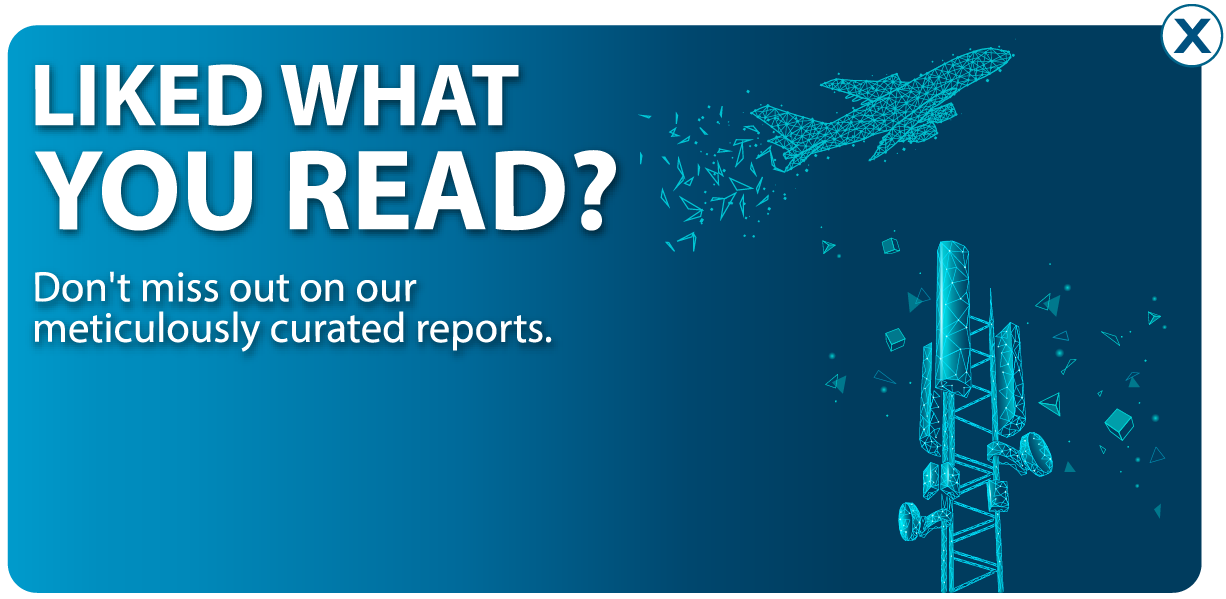Torpedo Market to Soar as Defense Budgets of Major Economies Get a Hike
Torpedoes are capsule-shaped devices that carry large amounts of gunpowder and other explosive materials. These weapons are heavily used in maritime warfare, especially submarine warfare. In the early 19th century, an American engineer, Robert Fulton, first tested a very rudimentary form of the modern day torpedo. The first stationary torpedoes were deployed by Russia during the Crimean War in the mid-19th century. However, they rose to fame in 1915 when Germany used torpedoes to sink the British ocean liner, Lusitania, which killed about 1200 passengers on-board the ship. The incident pulled America into the throes of the First World War.
Today, even though the world is enjoying its longest period of peace since 1945, regional maritime conflicts have surfaced on a regular basis, threatening world peace on multiple occasions. The sticky nature of such conflicts has ensured the prosperity of the global armaments industry, a theme explored in many Hollywood films. In fact, the value of the global torpedo market alone stood at USD 805.3 million in 2018 and is projected to reach USD 1,113.9 million by 2026, according to Fortune Business Insights, a renowned market research firm.
Let us look at an infamously unresolved historical maritime conflict that is being fuelled by the increasing complexity of geopolitical dynamics and energy economics and how it aids the torpedo market.
The Disputed Waters of the South China Sea
The South China Sea lies off the south-eastern coast of China and is bordered by Taiwan, the Philippines, Vietnam, Malaysia, and Brunei. Since the 1960s and 70s, China has claimed sole sovereignty over the waters of the South China Sea and this has brought the country at loggerheads with its fellow Southeast Asian nations, mainly Philippines and Vietnam. The rationale behind China’s claim is the abundance of oil and gas reserves that have been hitherto untapped by any country. These reserves amount to approximately 11 billion barrels of oil and 190 trillion cubic feet of natural gas. The escalating conflict, aggravated by the 2016 ruling of the Permanent Court of Arbitration in Hague against China, has made the world powers turn their necks towards this region. More pertinently, showcase of military strength by China in the region has now compelled the US to take notice as it jeopardizes US interests in Southeast Asia and the Pacific. For example, in 2018, China took a definitive towards enhancing its subsea warfare capacity when it deployed its long-range maritime patrol aircraft equipped with missile torpedoes to counter American presence in the South China Sea. This is but a snapshot of the proliferating conflict between two military superpowers that are inherently antithetical and inimical to each other’s existence. However, from a market standpoint, these developments will strongly favour the torpedo market growth in many years to come.
At the center of such disputes is the increased military spending by major economies. Thus, it is worth exploring this trend to get a better sense of the market.
Economic Development = Higher Military Spending?
There was a time when a country’s military strength determined its position in global affairs. After 1945, with a greater focus on internal economic development, the influence of military prowess diluted as excessive militarism had resulted in two destructive wars. However, as the growth rate of nations started picking up pace, military expenditure rose correspondingly. Today, it is higher than ever. According to the Stockholm International Peace Research Institute (SIPRI), world military expenditure rose by 2.6% from 2017 levels to reach USD 1822 billion in 2018. Sixty percent of this spending came from the US, China, Saudi Arabia, India, and France. This increase, notes SIPRI, has been the highest since 1988. China, the second-highest spender, has been steadily increasing its military expenditure over the last 24 years. In 2018, China spent USD 250 billion on its military, while the US spend USD 649 billion. Such a dramatic rise in defense budgets bodes well for all industries and markets associated with the armed forces and the torpedo market will be no exception. It may not be too wrong to predict that historical conflicts getting their regular dose of energy injections from rising defense budgets will accelerate the torpedo market growth for the next few decades.
Key Takeaways
Energy diplomacy and water warfare have become important instruments in foreign policy formulation for littoral nations. With countries adopting the “No First Use” policy, ramping up military spending has become inevitable as it gives an added sense of security and acts as a deterrent, especially when a country is flanked by hostile neighbors. The development of advanced torpedo missiles is likely to be increasingly favored in this scenario as they will prove valuable in the long run.


